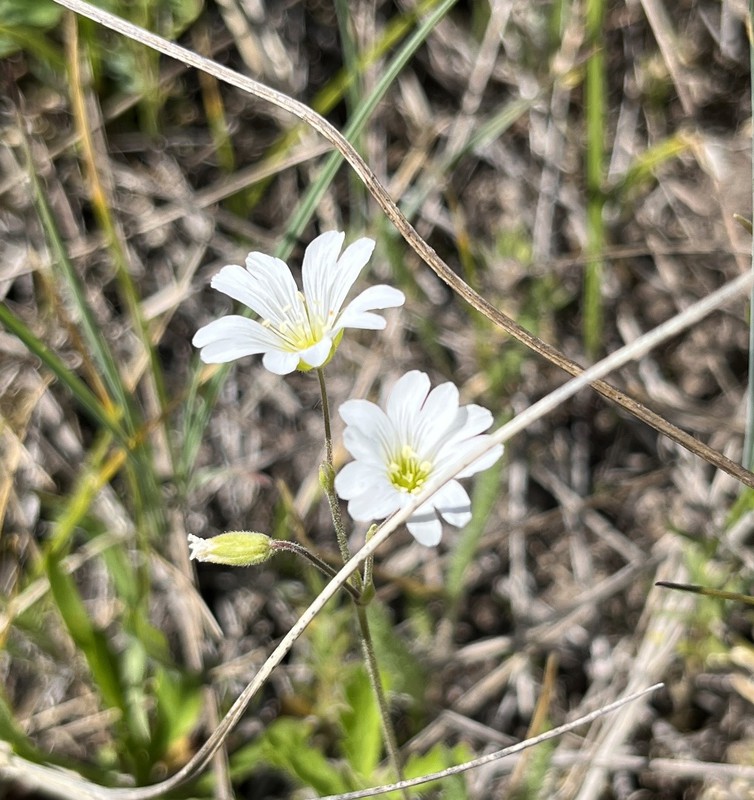In celebration of Endangered Species Day this year, we partnered with the Confederated Salish and Kootenai Tribes’ (CSKT) Wildlife Program to restore pollinator habitat in western Montana.

Bees, birds, butterflies and even bats are a few important animals for pollinating native plants. But as a result of habitat loss, invasive weeds and the spraying of pesticides, many of the plant species that pollinators need have been in decline for decades—and accordingly—the pollinators themselves. Thanks to a grant we received in support of our Pollinator Protectors program, we were able to help the CSKT purchase native plants and further expand work on a habitat restoration site along U.S. Highway 93 in the Mission Valley. Our staff spent a couple of days leading up to Endangered Species Day to work in the field with Tribal biologists and staff to place more than 200 native plants in the ground. Some of the native species we planted include Arrowleaf Balsamroot, Wild Bergamot, Showy Milkweed, Indian Paintbrush and more. All of the species we planted will help attract and provide habitat for some of western Montana’s native pollinators. Some local neighbors and community members dropped by to learn about pollinators and the help us put some plants in the ground, including Peter from Senator Tester’s office!
We are appreciative of all the planning and on-the-ground work the CSKT does to protect wildlife, including pollinators. We look forward to being able to provide additional financial assistance for this restoration site in the years to come.
We are appreciative of all the planning and on-the-ground work the CSKT does to protect wildlife, including pollinators. We look forward to being able to provide additional financial assistance for this restoration site in the years to come.



0 comments on “Restoring Pollinator Habitat in Montana”